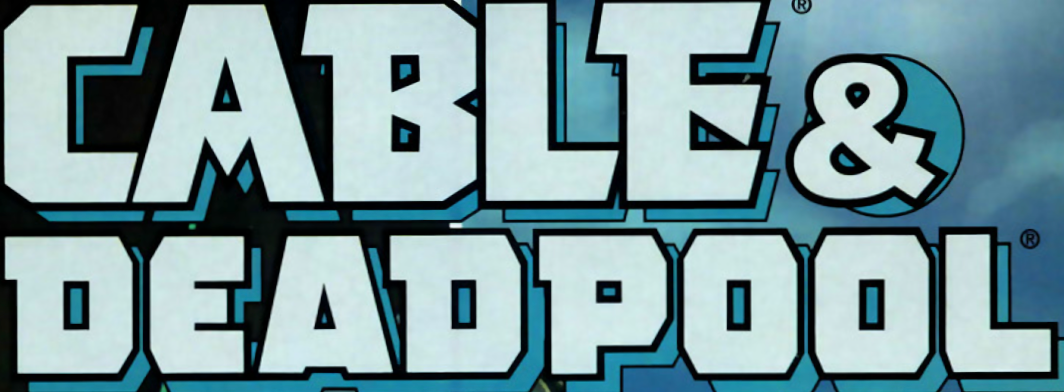Ivano Bariani sees the pandemic experience as having provided a serious inflection point in the progress of comics in Italy’s market. And while there has been much talk about brisk sales in recent years on the Italian market in comics, Bariani maintains that illustrated literature “has always struggled to gain the industrial and literary recognition it deserves, something familiar from other parts of the world, too.”
Bariani’s PromoComix is an agenzia di promozione, a marketing agency for publishers, and his company is specialized in comics, manga, and other graphic narratives. Formerly a bookseller, and one who had a small chain of stores at one point, he likes his role today in which, “We promote upcoming books, collect orders, work with buyers in every retail chain or independent bookstore. We also help publishers build a calendar and a strategy for their new releases.”
This also means that Bariani has a strong sense for the shape of the comics sector, using data, he says, from GfK, NielsenIQ, and from his clients to build his own picture of the very quick rise of comics and a sometimes confused view of where they are now.
“Until 2019,” he says, “the Italian comic book market was really behind its potential. In 2020-2021, with the pandemic, we saw an unnatural level of growth. Now, we’re on a plateau: huge numbers compared to just five years ago, and the quickness of high-intensity media phenomena, which can spike those numbers. I think the real challenge for retailers and publishers in this scenario, is not the dimension or growth of the market, but the speed of those phenomena.”
The kind of phenomena that Bariani is pointing to includes the prominance of the Tuscan-born artist Michele Rech, who works under the name Zerocalcare. His work in comics and graphic novels has led to a number of film successes, establishing a presence on Netflix. Bariani also points to the success of Pera Toons for children and of Lyon Gamer’s work, an outgrowth of social gaming.
Graphic novels, Bariani says, in the Italian market are “an underworld of undervalued authors” dominated by Zerocalcare. “But other sub-catetories of the comics market,” prior to the pandemic, “weren’t doing much better. In 2018, manga represented just over 1 percent of the market,” he says, “and that was only in terms of copies. In euros, it was around 0.5 percent. The leadership of a few popular artists and publishers seems central to the quickening movements of the sector in this decade. Jump to 2022, and comic book titles in Italy’s Top 100 included a Zerocalcare release ranked at No. 33, four Pera Toons works for kids, and two manga titles. And by 2024, Bariani says, he has seen a Zerocalcare release go to No. 8 and seven Pera Toons titles in the first eight months of this year. Bariani dates the frequently mentioned “explosion” of comics in Italy at 2021: “Comic book sales nearly reached 100 million,” he says, “with manga doubling the sales of graphic fiction, reaching almost 57 million. Eighty percent of the comics sold that year were manga. Considering sales of all books, one in every 11 books sold in Italy that year was manga.
I sure hope whatever’s on Italy’s own market today has stuff worth reading, because when Netflix comes up, that decidedly doesn’t inspire confidence. For anything representing good taste, good luck to its creators in Italy. But anybody who believes Netflix is a great place more than anything else to air adaptations – or that adaptations is such a big deal compared to the source material – is kidding themselves.
That’s not a mindset comicdom can go by anymore.



















 English (US) ·
English (US) ·